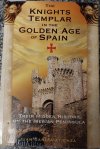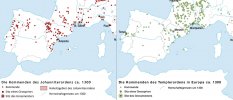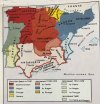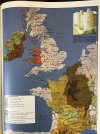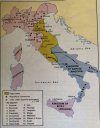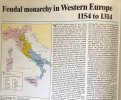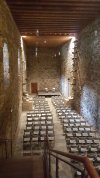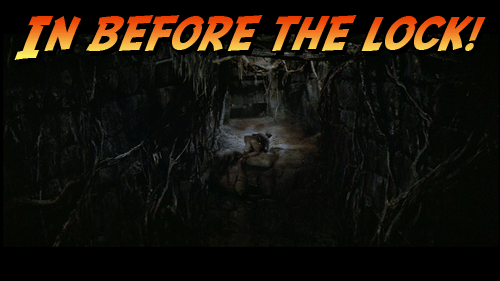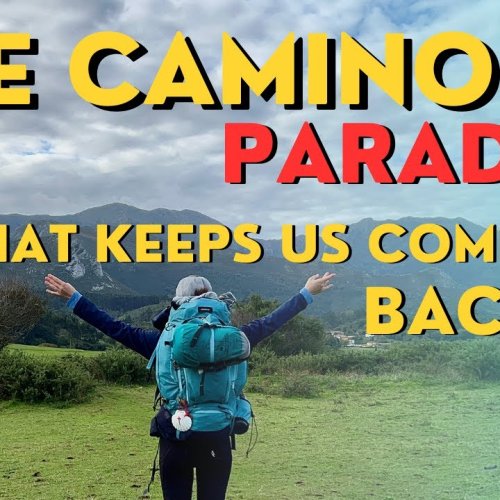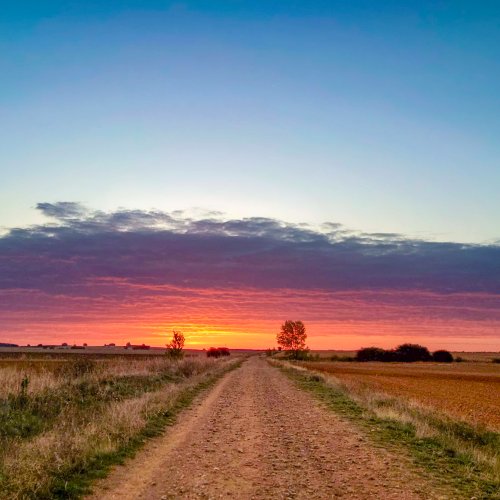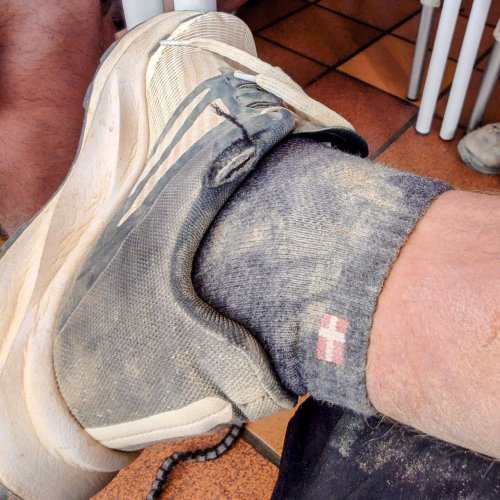While I wonder if the OPs fantasy and fiction isn't just chumming the water, have we taken the bait - hook, line and sinker?
PS:
Kathar1na: I greatly appreciate the factual accuracy of your comments and input on this forum.
Clearly, being a mere newbie, my claims concerning the Templars are evidently regarded as codswallop, fantasy, or fiction, but perhaps they may obtain a modicum of plausibility if supported via the comments and input you regard as having factual accuracy?
Kathar1na refers us to:
https://www.templiers.net/etudes/index.php?page=Ordres-Temple-Hopital-Chemins-Compostelle
The first half of the 12th century is indeed characterized by a development of pilgrimages which is more generally part of a multiplication of exchanges and communications. Even if the road to Jerusalem was already heavily used before 1098, the first crusade opened the doors of the Holy Land to new flows of pilgrims. Attested since the 9th century, the rise of the pilgrimage to Compostela is exactly contemporary with the birth of the two great military orders in the Holy Land, since it was in the years 1100-1120 that Archbishop Diego Gelmirez gave it a definitive impetus. The influx of pilgrims was then such that it led to the writing of an exceptional work, around 1130, the Pilgrim's Guide to Saint Jacques. Since the invention of the relics of the apostle, around 830,
That is a pretty good answer to my original question.
The desecration of Solomon's Temple occurred just before 'the invention of the relics of the apostle, around 830', and these relics were no doubt some of the damaged remains, especially of the Ark of the Covenant.
The proto-Templars, upon news of the desecration, would immediately respond with a military force to bring a halt to that desecration - ideally also remedying it as far as possible.
That occupying force would consume resources, and spur the indigenous (the desecrators) to form a counter-offensive. Eventually, the Templars would need to mobilise considerable defensive reinforcements, which is what gave rise to the crusades.
Throughout this period, the communications network (pilgrimage routes) would be ever more heavily used, especially in support of those travelling to join the crusades.
NB 'Jerusalem' is 'The Holy Land'. The Holy Land is Holy precisely because of The Holy of Holies within Solomon's Temple (which contained the Ark of The Covenant).
So, the pilgrimage routes to/from The Holy Land via Santiago (St. John/Jean/Jack/Jacques/Jacob/Iacobi/Iago - the Apostle - Eagle/Scorpio) may have existed in vaguer form prior to the 9th century, but will have been greatly consolidated and re-inforced (commanderies) as a consequence of the crusades, and would have been thereafter utilised to project Templar power throughout Europe.
Once no longer needed by The Templars, the tradition of their use would persist, in vestigal form, and give rise to a myth that they had always been about independent pilgrims on a personal spiritual/religious mission - to/from Santiago (The Holy Land having been long since forgotten).







